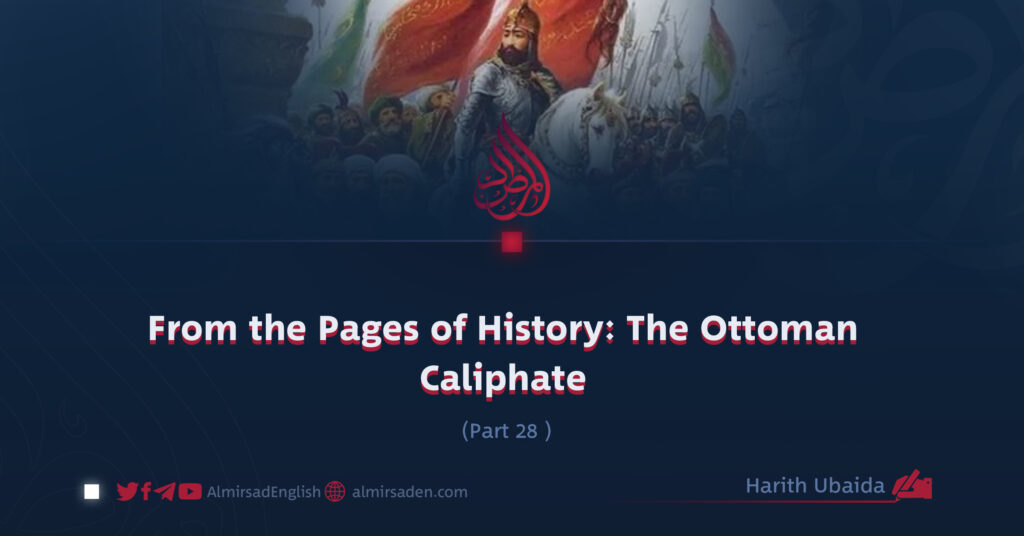Part 28
By Harith Ubaida
In the wake of earlier empires, a number of new powers rose across Asia Minor, but none shone brighter than the Seljuk Empire. Expanding its reach over vast territories, the empire flourished under the rule of Sultan Alp Arslan (455–465 AH / 1063–1072 CE), a commander celebrated for his courage and strategic brilliance.
In 464 AH (1071 CE), at the Battle of Manzikert, Alp Arslan dealt a crushing defeat to the Byzantine Emperor Romanus IV Diogenes, a victory that sent tremors through the heart of Constantinople. The emperor was taken captive and later freed on the condition that he pay an annual tribute to the Seljuk ruler. This symbolic act revealed the shifting balance of power as many Byzantine provinces bowed to Seljuk authority.
As the Great Seljuk Empire eventually weakened, smaller successor states emerged. Among them, the Sultanate of Rum distinguished itself as the most influential. Its dominion spread throughout Asia Minor, stretching westward to the Aegean coast, where the Byzantines could do little to halt its advance.
By the 8th century AH (14th century CE), the torch had passed from the Seljuks of Rum to the Ottomans, who revived the long-standing ambition of seizing Constantinople. The campaign gained momentum under Sultan Bayezid I, known to history as Yildirim, meaning “the Thunderbolt.” In 796 AH (1393 CE), he laid a formidable siege around the Byzantine capital, tightening his grip until the city’s fate seemed all but sealed.
During the ensuing negotiations, Bayezid demanded that the city be surrendered to the Muslims. The Byzantines, however, stalled for time, hoping that prolonged talks would bring European reinforcements to their aid.
Victory was within Bayezid’s grasp when alarming news reached him that Tamerlane (Timur the Lame) and his Mongol forces had invaded Ottoman lands, spreading disorder across the region. The Sultan was compelled to abandon the siege and march east to confront this new threat.
At Ankara, a fierce and desperate battle unfolded between the two Muslim armies. The encounter ended in catastrophe for the Ottomans, as Bayezid’s forces were routed and the Sultan himself was taken prisoner. He died in captivity in 1402 CE, leaving his realm fractured and leaderless.
The defeat plunged the Ottoman state into chaos, and for a time, the dream of conquering Constantinople slipped from their grasp. Yet, as the empire gradually regained its strength, the campaign was revived. Under Sultan Murad II (824–863 AH / 1421–1451 CE), the Ottomans renewed their efforts to capture the city, launching several sieges that brought them ever closer to success.
Still, the Byzantine emperor fought not only on the battlefield but also through intrigue, sowing division within the Ottoman ranks and seeking aid from Christian allies abroad. These maneuvers delayed the inevitable but could not change the course of history.
At last, under Sultan Mehmed II, the son of Bayezid, known forever as Mehmed the Conqueror, the centuries-old Ottoman ambition was realized. Constantinople fell, and with it dawned a new era in the history of Islam and the world.
